Table of Contents
The geography of Bhutan is a captivating blend of diverse landscapes and historical significance. Situated in the Eastern Himalayas, this landlocked kingdom’s geographic location has played a pivotal role in shaping its history and cultural identity.
Nestled in the Eastern Himalayas, Bhutan geography beckons adventurous travelers with its rugged mountain ranges, captivating valleys, and ancient historical sites. From exploring the majestic peaks of the Himalayas to uncovering the cultural tapestry of Thimphu, Bhutan’s diverse landscapes and rich history offer an unforgettable journey for intrepid tourists seeking a unique and enriching experience.
The physical geography of Bhutan paints a picture of awe-inspiring natural masterpieces. From the awe-inspiring cliffs of the Paro Valley, home to the iconic Tiger’s Nest Monastery that represents the nation’s rich Buddhist heritage, to the diverse ecosystems that dot the country, Bhutan stands as a testament to nature’s grandeur.
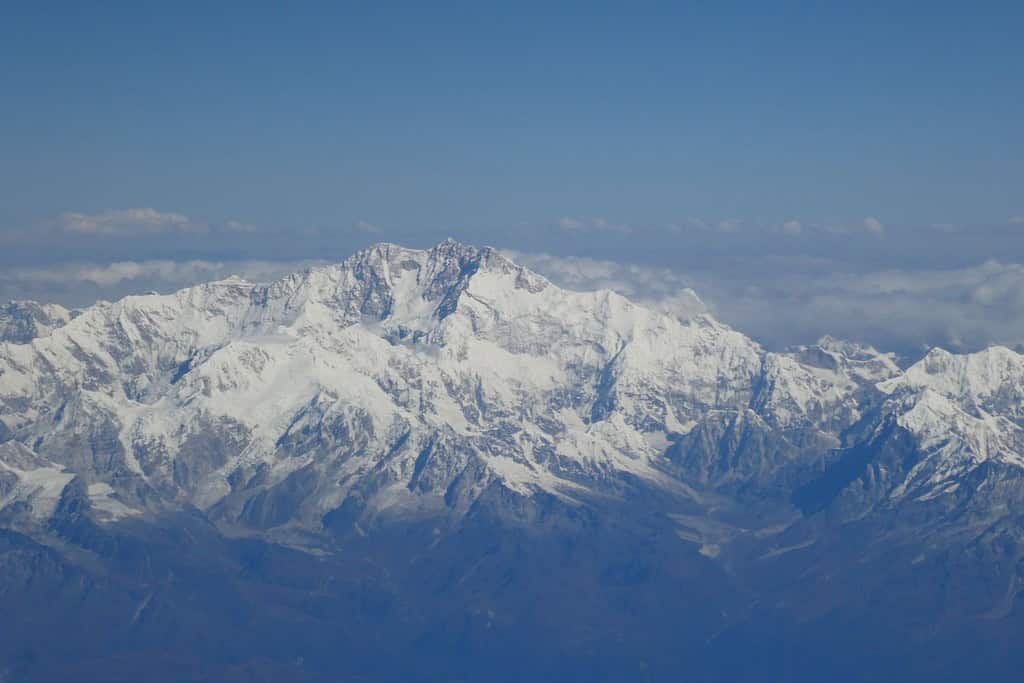
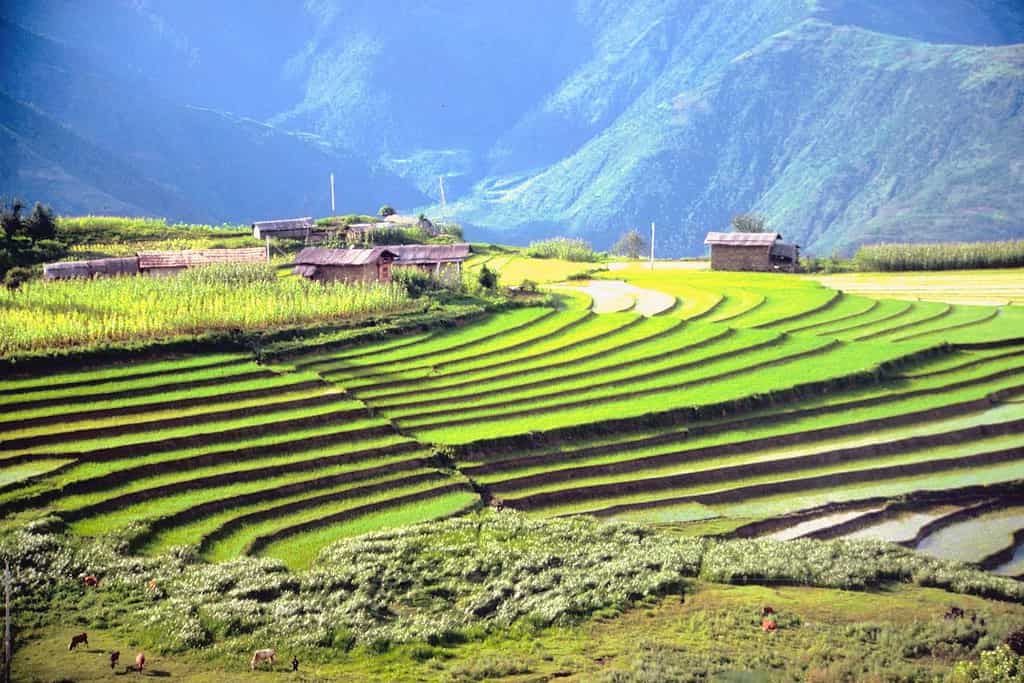
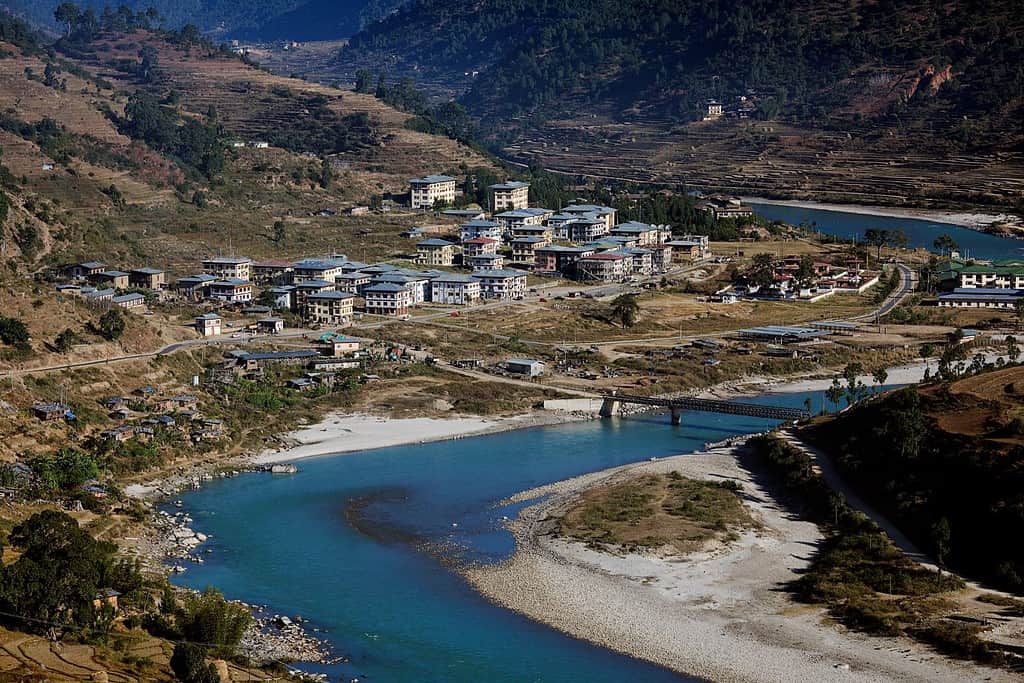
Top Geographic Features of Bhutan
- Himalayan Mountain Range: The majestic Himalayas span across much of Bhutan, shaping its topography and influencing climate patterns.
- Paro Chhu River: One of Bhutan’s significant rivers, the Paro Chhu, flows through the western part of the country, providing essential water resources for agriculture and irrigation.
- Dochula Pass: This scenic mountain pass offers panoramic views of the Himalayas and connects different parts of Bhutan, holding cultural and historical significance.
- Bumthang Valley: Known as the spiritual heartland of Bhutan, the Bumthang Valley is rich in monasteries, temples, and religious festivals.
- Jigme Dorji National Park: This park, one of the largest in Bhutan, is home to diverse wildlife, including the snow leopard and Bengal tiger, and features stunning landscapes from glaciers to dense forests.
- Black Mountains: This mountain range divides Bhutan into its western and eastern regions, playing a significant role in the country’s geography and climate.
- Punatsangchhu River: Another vital river in Bhutan, the Punatsangchhu flows through the central part of the country and supports various ecosystems and human settlements.
- Phobjikha Valley: Renowned for its stunning beauty and the migratory black-necked cranes that visit annually, this valley is a significant natural and cultural site in Bhutan.
- Taktshang Monastery: Also known as the Tiger’s Nest, this iconic cliffside monastery is a symbol of Bhutan and a pilgrimage site for Buddhists.
- Manas National Park: Located in the southern part of Bhutan, this UNESCO World Heritage Site is a biodiversity hotspot, home to many endangered species.
These geographic features play a crucial role in shaping Bhutan’s landscape, climate, and cultural history, making them essential elements in defining the country’s geography.
Bhutan Geography
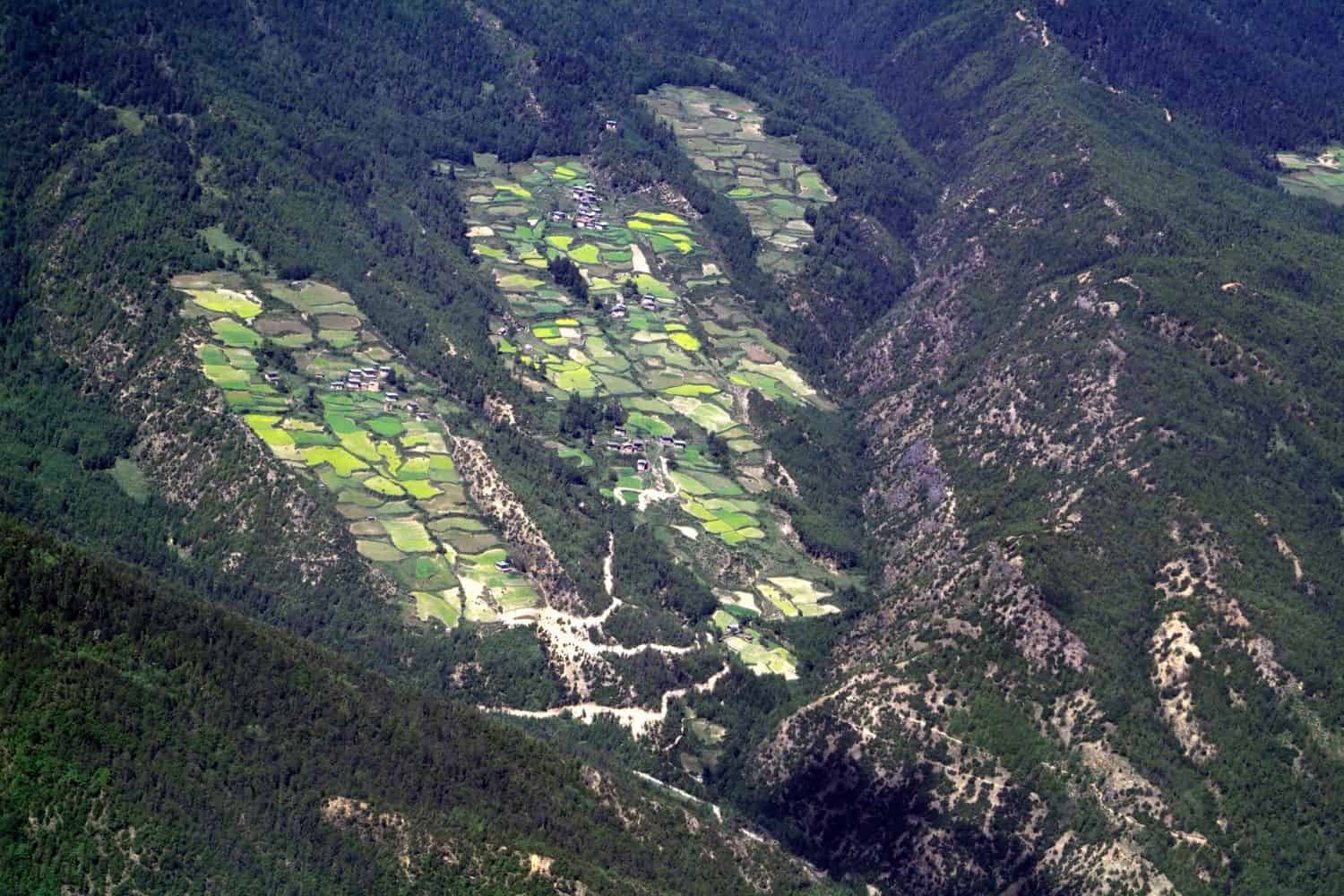
Exploring the Bhutan National Geographic canvas reveals a captivating array of geographic features. From towering Himalayan peaks to verdant forests and serene valleys, the country offers a mesmerizing tapestry of natural wonders.
- Mountain Ranges – The Crown of Majesty: Similar to documentaries that often feature towering mountain ranges, Bhutan boasts the majestic Eastern Himalayas. These rugged peaks not only add to the country’s scenic beauty but also offer unique biodiversity and have shaped its cultural and spiritual identity.
- Lakes – Mirrors of the Sky: Bhutan’s high-altitude lakes, like the Paro Tsho, resemble the picturesque landscapes captured in photographs. These pristine lakes, surrounded by snow-capped mountains, reflect the region’s geological and spiritual richness.
- Forests – The Green Lungs of the Kingdom: Just as forest features highlight vast green expanses, Bhutan’s dense forests, which cover over 70% of the country, showcase a rich tapestry of flora and fauna. This verdant region tells stories of harmony between humans and nature.
- Historical Sites – Echoes of Ancient Traditions: Bhutan’s historical sites, like the Punakha Dzong, evoke memories of explorations that uncover ancient Buddhist traditions. The majestic fortresses and monasteries stand as a testament to the country’s rich spiritual heritage.
- Ethnic Diversity – A Symphony of Cultures: Similar to the National Geographic focus on diverse cultures, Bhutan is a tapestry of ethnic groups, including the Ngalops, Sharchops, and Lhotshampas. Each group contributes unique traditions, languages, and customs, creating a harmonious cultural blend.
- Wildlife – A Sanctuary of Tranquility: Bhutan’s protected areas, such as the Jigme Dorji National Park, mirror the coverage of wildlife conservation. These regions serve as crucial habitats for snow leopards, takins, and other wildlife, preserving biodiversity in a pristine environment.
- Geological Marvels – Nature’s Artistry: The country’s geological wonders, like the dramatic cliffs of the Paro Valley, showcase Bhutan’s natural beauty amidst the formidable Eastern Himalayas. Such landscapes demonstrate nature’s grandeur and the nation’s commitment to conservation.
- Remote Exploration – Mystical Realms: The remote and isolated regions of Bhutan, like the Merak-Sakteng area, beckon adventurers, much like quests into mystical realms. These areas offer a glimpse into untouched landscapes and ancient cultural practices.
Bhutan geographic features are marked by the dominating presence of the Eastern Himalayas. These majestic peaks, soaring above 7,000 meters, create a breathtaking backdrop for the nation’s diverse topography. The historic Dochula Pass, with its 108 Chortens, stands as a spiritual and geographical landmark.
Flowing gracefully through the Bhutanese terrain are the life-giving rivers of Puna Tsang Chhu and the Wang Chhu, vital for agriculture and irrigation. Additionally, the vast forests and serene meadows add to the country’s unique geography.
Bhutan Geographic Location
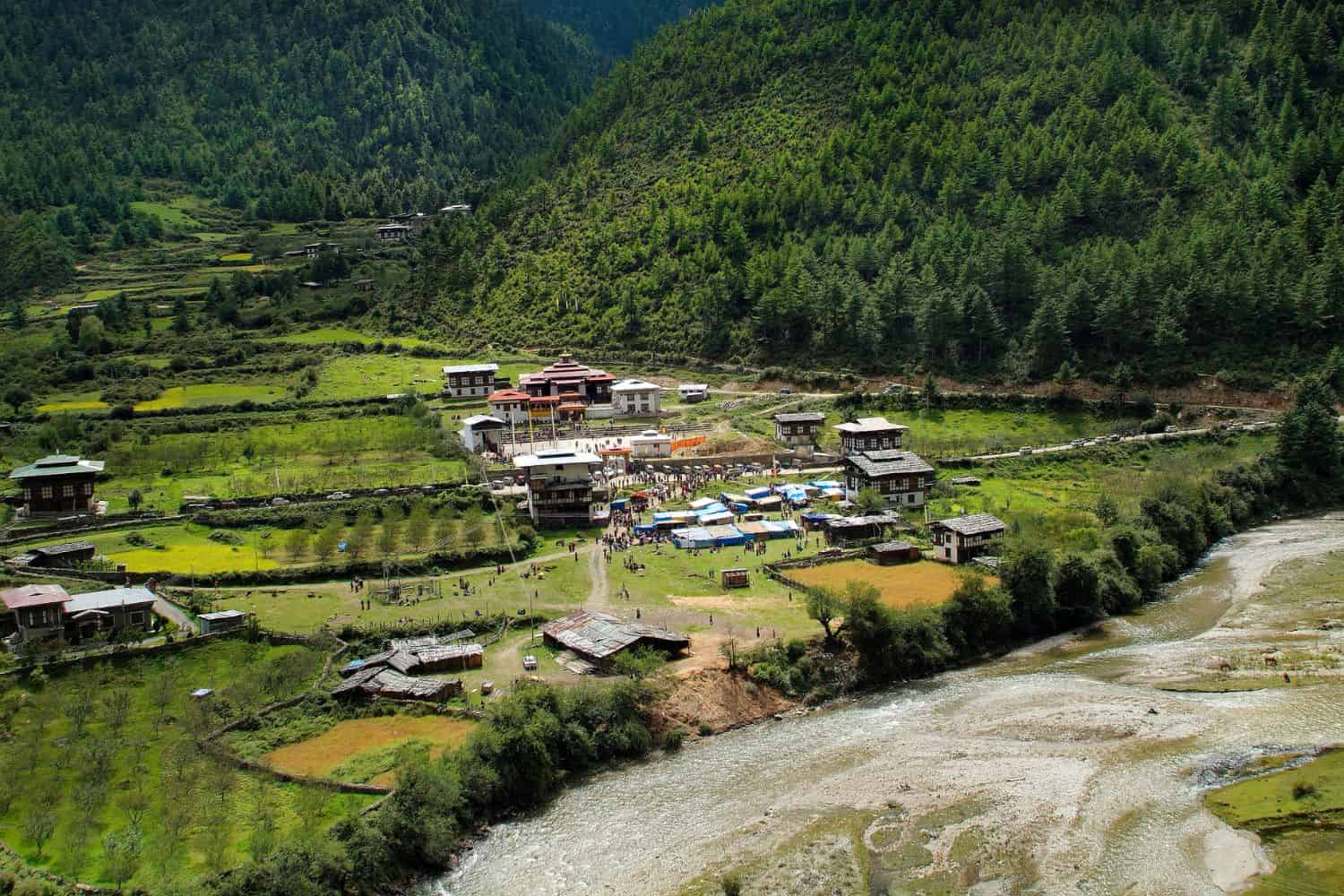
Bhutan geographic location is unique, nestled in the Eastern Himalayas. This positioning has given it a distinct role throughout history. Surrounded by towering mountains, Bhutan has been a secluded kingdom, preserving its rich culture, traditions, and biodiversity.
Borders of Bhutan
Bhutan shares borders with two countries. Here is Bhutan physical geography with the neighboring countries and the approximate total length of each border:
- India: The border between Bhutan and India is approximately 699 kilometers long.
- China (Tibet Autonomous Region): The border between Bhutan and China is approximately 477 kilometers long.
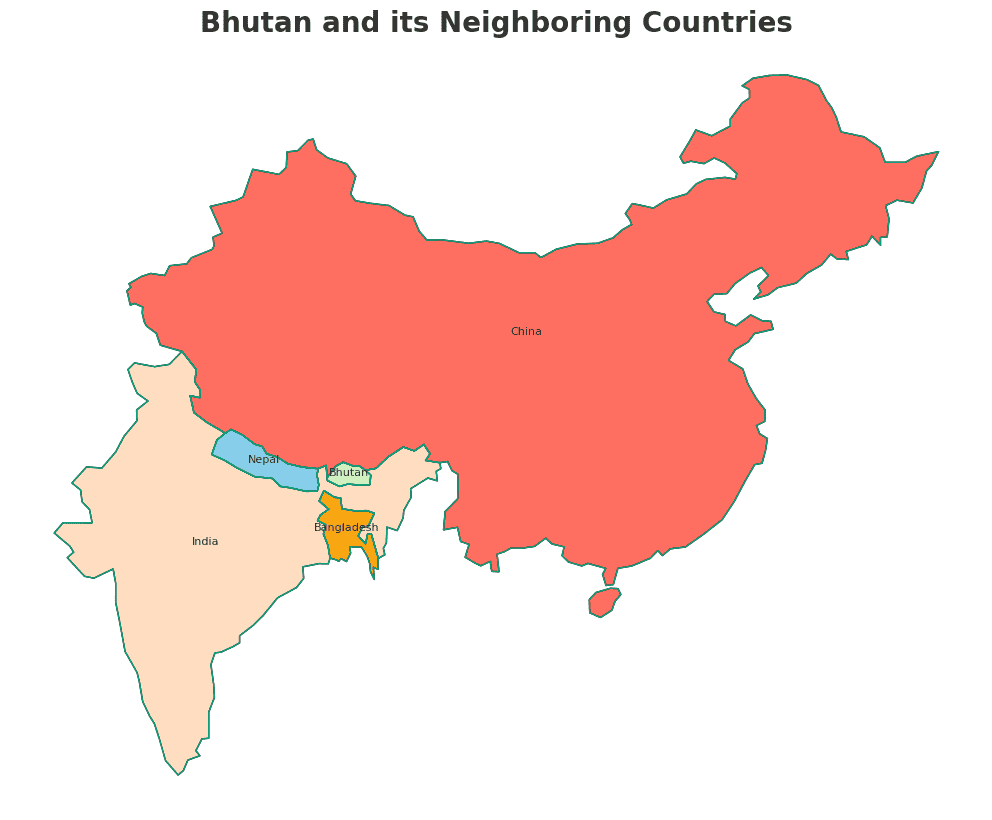
| Bhutan Neighboring | Country Border Length (Approximate) |
|---|---|
| India | 699 kilometers |
| China | 477 kilometers |
These international borders define Bhutan’s connections to different regions and contribute to the country’s geopolitical significance as a crossroads between South Asia and East Asia.
Geography of Thimphu Bhutan
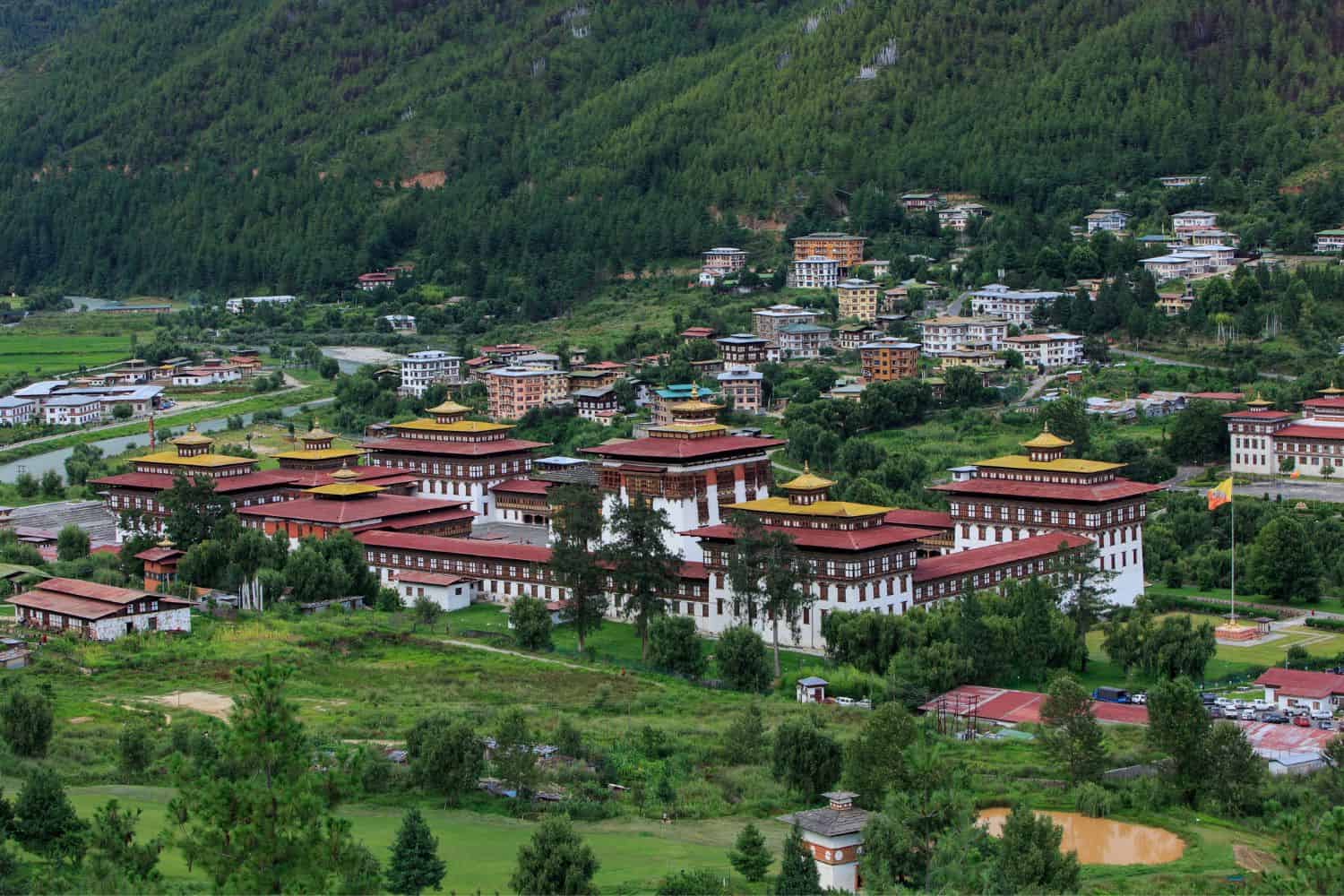
As the capital city of Bhutan, Thimphu is a captivating microcosm of the country’s human geography. Here, various ethnic groups, including Ngalops, Sharchops, and Lhotshampas, coexist, contributing to the city’s vibrant cultural tapestry.
Thimphu, the capital city of Bhutan
- City of Contrasts: Thimphu is known for its stark contrasts, where modern developments coexist with traditional neighborhoods, creating a unique blend of old and new.
- Wang Chuu River: The Wang Chuu River flows through the city, providing water for irrigation and contributing to the city’s agriculture.
- Thimphu’s Elevation: The city is located at a high elevation, approximately 2,320 meters (7,610 feet) above sea level, nestled within the folds of the Himalayan mountains.
- Green Spaces: Thimphu is home to several beautiful gardens and parks, including the National Memorial Chorten Gardens, offering a serene escape amidst the bustling city.
- Thimphu’s Historical Significance: With a history deeply rooted in Bhutanese culture and Buddhism, Thimphu has been a significant spiritual and administrative center.
- Diverse Architecture: The city showcases a diverse architectural heritage, reflecting influences from traditional Bhutanese, Tibetan, and modern styles.
- Snow-Capped Mountains: During winter, the surrounding mountains, including the nearby Jomolhari, are often covered in snow, adding to the city’s picturesque landscape.
- Tashichho Dzong: The historic Tashichho Dzong, situated by the Wang Chuu River, is an iconic symbol of the city’s religious and administrative significance throughout history.
- Thimphu’s Economy: The city serves as Bhutan’s economic and cultural center, attracting people from all over the country seeking opportunities and education.
- Population Growth: Thimphu has experienced steady population growth, with a significant influx of people from rural areas, leading to urbanization and infrastructure challenges.
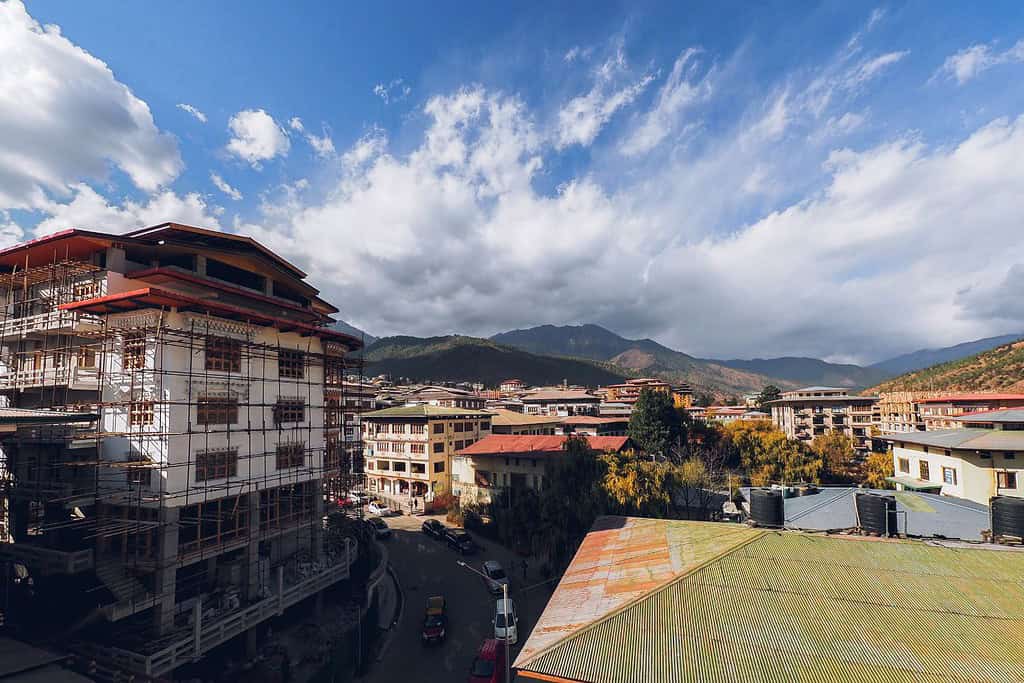
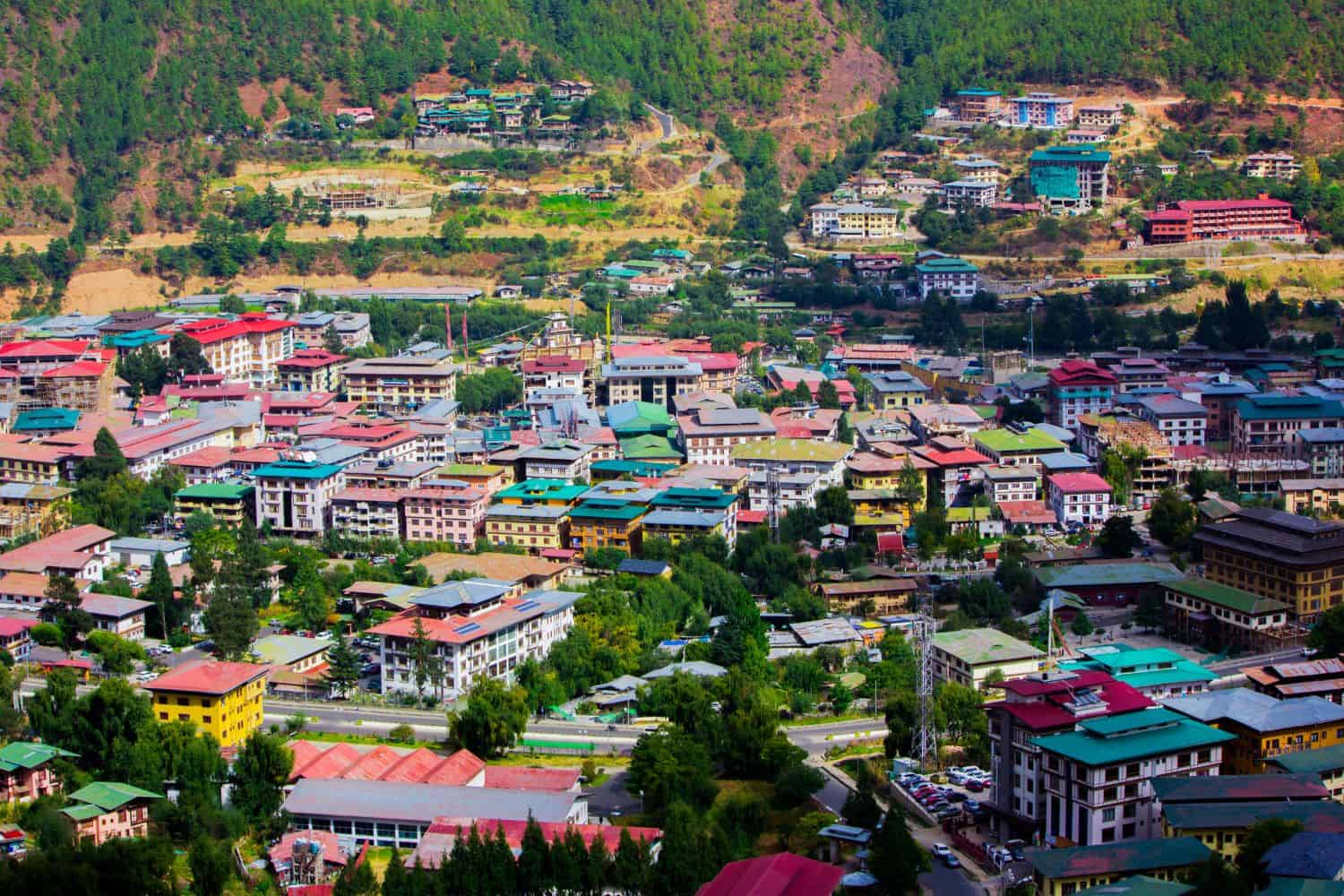
Historical Geographical Importance of Bhutan
Throughout the ages, Bhutan’s geographical significance has made it a unique backdrop for historical narratives. As empires and kingdoms evolved, from the Tibetans to the British, bhutan geographic location played a crucial role in shaping regional history.
- Himalayan Sanctuary: bhutan geographic location nestled within the Eastern Himalayas has made it a distinct point for cultural preservation, spiritual retreats, and a buffer between major powers.
- Ancient Trade Routes: The old trade routes connecting Tibet and the Indian subcontinent passed through Bhutan, facilitating the exchange of goods, ideas, and religious practices.
- Buddhist Influence: Bhutan became a stronghold of Vajrayana Buddhism in the 8th century CE, influencing its culture, art, and architecture profoundly.
- British-Bhutanese Relations: In the 19th century, Bhutan’s strategic position drew the attention of the British Empire, leading to treaties and interactions that shaped its modern borders and foreign relations.
- Drukpa Lineage: Bhutan’s spiritual and political history is deeply intertwined with the Drukpa Lineage, a branch of Tibetan Buddhism, which has shaped its national identity.
- Invasions and Alliances: Throughout its history, Bhutan faced invasions from neighboring regions and formed alliances, notably with Tibet, which influenced its political and cultural landscape.
- Gross National Happiness: In the modern era, Bhutan introduced the concept of Gross National Happiness, emphasizing holistic development over mere economic growth, a philosophy rooted in its unique geographical and cultural setting.
- Fortresses of Bhutan: The iconic Dzongs, fortress-like monasteries, dot Bhutan’s landscape, serving as both spiritual centers and administrative hubs, reflecting its blend of the sacred and the secular.
- Influence of the Himalayas: Bhutan’s location in the heart of the Himalayas has not only shaped its climate and ecology but also its spiritual practices, traditions, and way of life.
The geographical position of Bhutan is a mosaic of natural beauty and historical depth. With its majestic monasteries, ancient trade paths, and rich biodiversity, this Himalayan kingdom continues to enchant the world. Despite its seclusion, Bhutan remains a captivating destination for those seeking a blend of spiritual awakening and historical exploration.
In conclusion, Bhutan’s geographical significance has made it a stage for historical drama, with various empires and civilizations vying for control and leaving their mark on the region’s history. Its strategic position has shaped the world’s historical events and continues to play a pivotal role in the geopolitics of the region today.
More About Bhutan
[the-post-grid id=”50343″ title=”Bhutan Main page”]
